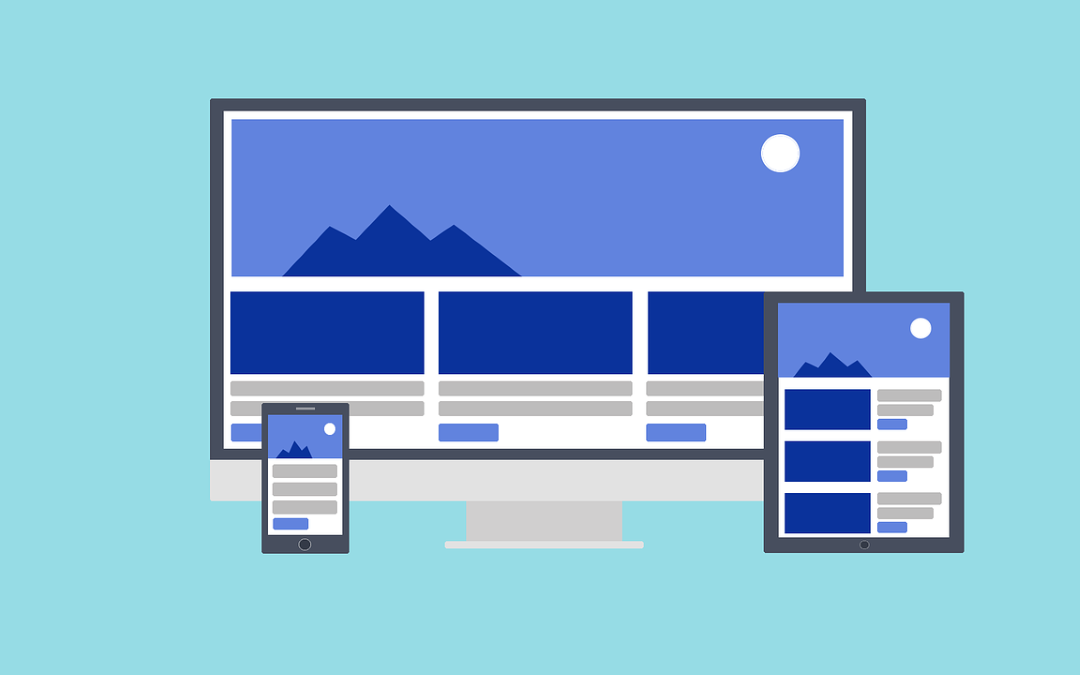How to Conduct User Testing for Website Design Iterations
User testing is a crucial component of the web design process. It allows designers and developers to gather feedback from real users, ensuring that the website meets their needs and expectations. In this guide, we will explore the steps to effectively conduct user testing for website design iterations, helping you create a user-friendly and engaging online experience.
Why User Testing is Important
User testing is essential for several reasons:
- Identifies Usability Issues: It helps uncover problems that users may encounter while navigating your website.
- Enhances User Experience: By understanding user behavior, you can make informed design decisions that improve overall satisfaction.
- Increases Conversion Rates: A well-tested website can lead to higher conversion rates, as users find it easier to complete desired actions.
- Reduces Development Costs: Identifying issues early in the design process can save time and resources in the long run.
Steps to Conduct User Testing
Conducting user testing involves several key steps. Here’s a practical guide to help you through the process:
1. Define Your Goals
Before you begin testing, it’s essential to establish clear objectives. Ask yourself:
– What specific aspects of the website do you want to test?
– Are you focusing on navigation, content comprehension, or overall design?
– What metrics will you use to measure success?
By defining your goals, you can tailor your testing approach to gather relevant insights.
2. Choose the Right Participants
Selecting the right participants is critical for effective user testing. Consider the following:
– Target Audience: Ensure that your participants represent your target demographic. This may include age, gender, location, and tech-savviness.
– Diversity: Aim for a diverse group to gather a wide range of perspectives and experiences.
– Number of Participants: Typically, 5 to 10 users can provide sufficient feedback to identify common issues.
3. Develop Testing Scenarios
Create realistic scenarios that participants can follow during the testing process. These scenarios should reflect typical tasks that users would perform on your website, such as:
– Finding specific information (e.g., contact details or product specifications).
– Completing a purchase or signing up for a newsletter.
– Navigating through different sections of the site.
Make sure to keep the scenarios clear and concise to avoid confusion.
4. Choose a Testing Method
There are various methods for conducting user testing, including:
– Moderated Testing: A facilitator guides participants through tasks while observing their behavior and asking questions.
– Unmoderated Testing: Participants complete tasks independently, often using screen recording software to capture their interactions.
– Remote Testing: Users can participate from their own devices, allowing for a broader range of feedback.
Select the method that best aligns with your goals and resources.
5. Conduct the Test
During the testing session, create a comfortable environment for participants. Here are some tips to ensure a smooth process:
– Explain the Purpose: Clearly communicate the goals of the test and reassure participants that their feedback is valuable.
– Encourage Honesty: Let users know that there are no right or wrong answers, and their candid feedback is crucial.
– Take Notes: Document observations, including user reactions, difficulties encountered, and any suggestions made.
6. Analyze the Results
After conducting the tests, it’s time to analyze the data collected. Look for patterns and common issues that emerged during the sessions. Consider the following:
– Usability Issues: Identify specific areas where users struggled or expressed frustration.
– Positive Feedback: Note what users liked about the design, as this can inform future iterations.
– Quantitative Data: If applicable, analyze metrics such as task completion rates and time taken to complete tasks.
7. Implement Changes
Based on the insights gathered from user testing, prioritize the changes you need to make. Focus on addressing critical usability issues first, followed by enhancements that improve the overall user experience.
8. Iterate and Retest
User testing is not a one-time process. After implementing changes, conduct additional rounds of testing to ensure that the modifications have positively impacted user experience. This iterative approach allows for continuous improvement and refinement of your website design.
Conclusion
Conducting user testing for website design iterations is an invaluable practice that can significantly enhance user experience and satisfaction. By following the steps outlined in this guide, you can effectively gather feedback, identify usability issues, and make informed design decisions. Remember, the goal is to create a website that not only looks good but also functions seamlessly for your users. Embrace the iterative nature of design, and let user feedback guide your journey toward a successful website.


